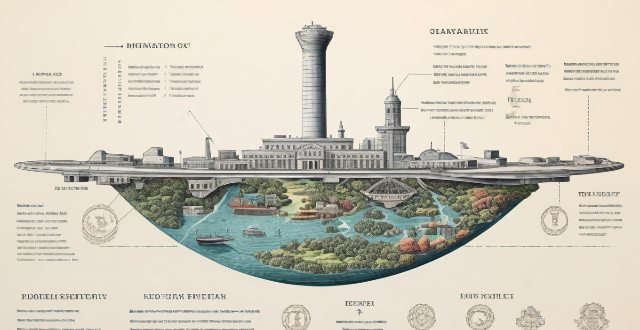Open immigration policies can lead to economic growth, culturalOpen immigration policies can lead to economic growth, cultural such as population growth and a cultural diversity, and demographic changes such as population growth and a younger age structure. Closed immigration policies may result in labor shortages, slower economic growth, and an aging population but can also maintain social homogeneity and potentially reduce cultural exchange.

Long-Term Consequences of Open versus Closed Immigration Policies
Open Immigration Policies
Open immigration policies refer to a system where a country allows free or relatively unrestricted movement of people across its borders. These policies can have several long-term consequences:
Economic Impact
- Growth and Innovation: Open immigration policies often lead to economic growth by increasing the labor force, which can drive down costs for businesses and stimulate innovation through diverse perspectives.
- Tax Revenue: More workers mean more tax revenue for the government, which can be allocated to public services and infrastructure.
- Competition and Efficiency: A larger pool of workers can increase competition in the job market, leading to higher efficiency and potentially lower wages.
Social Impact
- Cultural Diversity: Open policies foster cultural exchange and diversity, enriching society with different traditions, cuisines, and languages.
- Integration Challenges: There may be difficulties in integrating newcomers into society, especially if there are language barriers or significant cultural differences.
- Social Cohesion: Over time, successful integration can strengthen social cohesion, but rapid changes can also lead to tensions between established residents and immigrants.
Demographic Changes
- Population Growth: An influx of immigrants can significantly increase a country's population size.
- Age Structure: Younger immigrants can help counteract an aging population, providing a support base for retirees through taxes and social contributions.
- Skill Sets: Immigrants often bring specialized skill sets that can fill gaps in the labor market, particularly in high-tech or specialized industries.
Closed Immigration Policies
Closed immigration policies are characterized by strict controls on who can enter a country, typically based on factors such as family ties, skills, or humanitarian reasons. The long-term consequences include:
Economic Impact
- Labor Shortages: Restrictive policies can lead to labor shortages in certain sectors, especially if the native-born population is declining or aging.
- Slower Growth: With fewer workers contributing to the economy, growth rates may be slower compared to countries with open policies.
- Higher Wages: Fewer workers can result in higher wages as employers compete for a limited pool of labor.
Social Impact
- Homogeneity: Closed policies can maintain a more homogenous society, which some argue is easier to manage in terms of social policies and national identity.
- Reduced Cultural Exchange: There will be less cultural exchange, which can limit exposure to new ideas and ways of thinking.
- Potential Xenophobia: Without regular contact with immigrants, there may be an increase in xenophobic attitudes among parts of the population.
Demographic Changes
- Aging Population: If the native-born population is aging and there are strict limits on immigration, this can exacerbate issues related to an aging population, such as increased demand for healthcare services.
- Dependency Ratios: With fewer working-age individuals, the dependency ratio (the ratio of non-working individuals to the working population) may increase, placing strain on social programs.
- Brain Drain: Highly skilled individuals may emigrate in search of better opportunities elsewhere, leading to a "brain drain" that depletes the country of talent.
In conclusion, both open and closed immigration policies have far-reaching consequences that affect not only the economy but also social fabric and demographic trends of a country. The choice between these policies often reflects a nation's values, priorities, and strategic objectives.